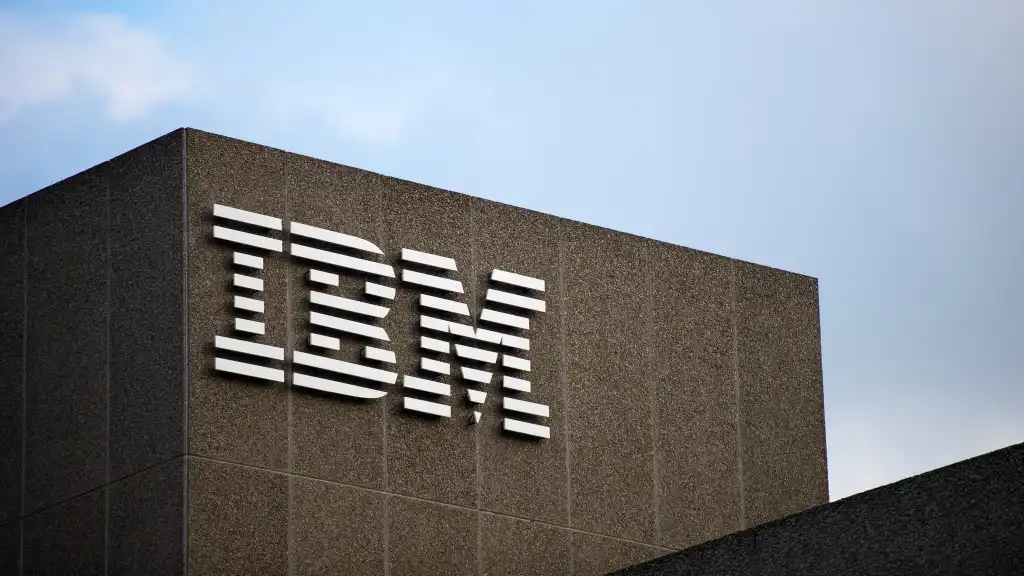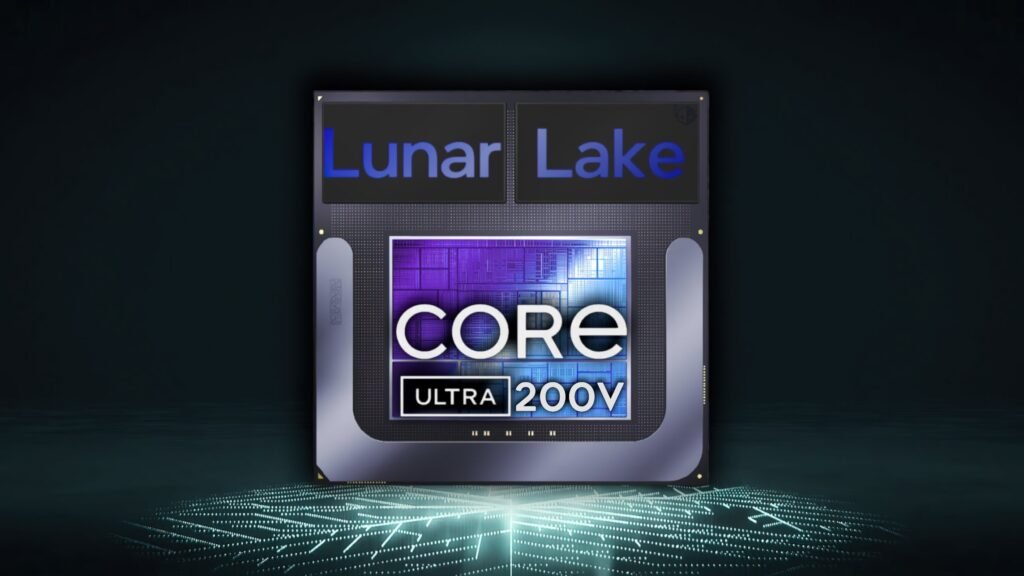Despite rapid progress in artificial intelligence, most video surveillance systems still fail to truly understand what they see. Cameras capture footage, but context often slips through the cracks—turning what should be proactive monitoring into reactive review. For industries like smart cities, manufacturing, and education, this gap can mean the difference between safety and risk.
Lumana, an AI-driven video surveillance company, believes the problem lies in outdated foundations. “Traditional video platforms were created decades ago to record footage, not interpret it,” said Jordan Shou, Lumana’s Vice President of Marketing. “Adding AI on top of old infrastructure is like putting a smart chip in a rotary phone. It might function, but it will never be truly intelligent or reliable enough to make sense of what’s being captured.”
The Cost of False Alerts
When legacy systems bolt AI onto old hardware, they often produce false positives, missed detections, and unreliable alerts. These aren’t just technical glitches—they have real-world consequences.
Shou shared an example of a school system that used an AI add-on for gun detection, only for it to mistake a harmless object for a weapon. The result was an unnecessary police response and widespread panic. “Every mistake erodes trust,” Shou explained. “It wastes time, money, and can traumatize people who did nothing wrong.”
False alarms also drain budgets. Each incident forces teams to halt operations, investigate, and verify results—costing public safety departments and enterprises millions annually.
Building a Smarter Foundation for AI Vision
Lumana’s solution was to start from scratch. Instead of patching AI onto existing systems, the company built a modern surveillance platform that integrates hardware, software, and AI into a single architecture.
Its hybrid-cloud framework connects cameras directly to GPU-powered processors and adaptive AI models that operate at the edge—right where footage is captured. This design delivers faster performance, sharper accuracy, and context-aware analysis that continuously improves over time.
“Most AI surveillance today relies on static, off-the-shelf models trained for ideal conditions,” Shou said. “AI shouldn’t need a perfect lab to function—it should learn from the environment it’s in. That’s where Lumana stands apart.”
The company also emphasizes data privacy and compliance. All video data is encrypted, access-controlled, and certified under SOC 2, HIPAA, and NDAA standards. Facial or biometric tracking can be disabled to meet user preferences. “Our focus is on actions, not identities,” Shou added.
Real-World Impact Across Industries
Lumana’s approach has already shown measurable success. A 24-hour packaging manufacturer, JKK Pack, deployed Lumana’s platform to improve safety and operational monitoring. Before the upgrade, cameras were used only for post-incident review. After integrating Lumana, the system began detecting unsafe behavior, equipment issues, and production bottlenecks in real time—achieving 90% faster investigations and sub-second alert delivery, all without replacing existing cameras.
In another example, a grocery retailer used Lumana’s AI to monitor point-of-sale activity. The platform flagged patterns like repeated voids and linked them to visual evidence, helping reduce shrinkage and improve employee accountability.
Beyond manufacturing and retail, Lumana’s technology has found applications in public events, restaurants, and city operations—from identifying illegal dumping and fires to monitoring kitchen safety and compliance.
A Push Toward Responsible AI Video
Lumana’s timing aligns with a broader industry shift. As AI becomes more central to enterprise operations, accuracy and accountability are replacing speed as the top priorities. A recent study from F5 found that only 2% of companies consider themselves fully prepared to scale AI, with governance and data security as key challenges.
Lumana’s platform reflects that shift. By combining transparency, performance, and governance, it helps organizations deploy AI responsibly while extracting actionable insights from existing infrastructure.
The Future: From Detection to Prediction
For Lumana, the next frontier of AI video isn’t just about seeing—it’s about reasoning.
“The next evolution of AI video will be about understanding context in real time,” Shou said. “We want AI to recognize not only what’s happening, but why it’s happening, and to help people act on that insight.”
In other words, Lumana’s mission isn’t just to help machines see more clearly—it’s to help humans make smarter, faster, and safer decisions with the information that vision provides.








